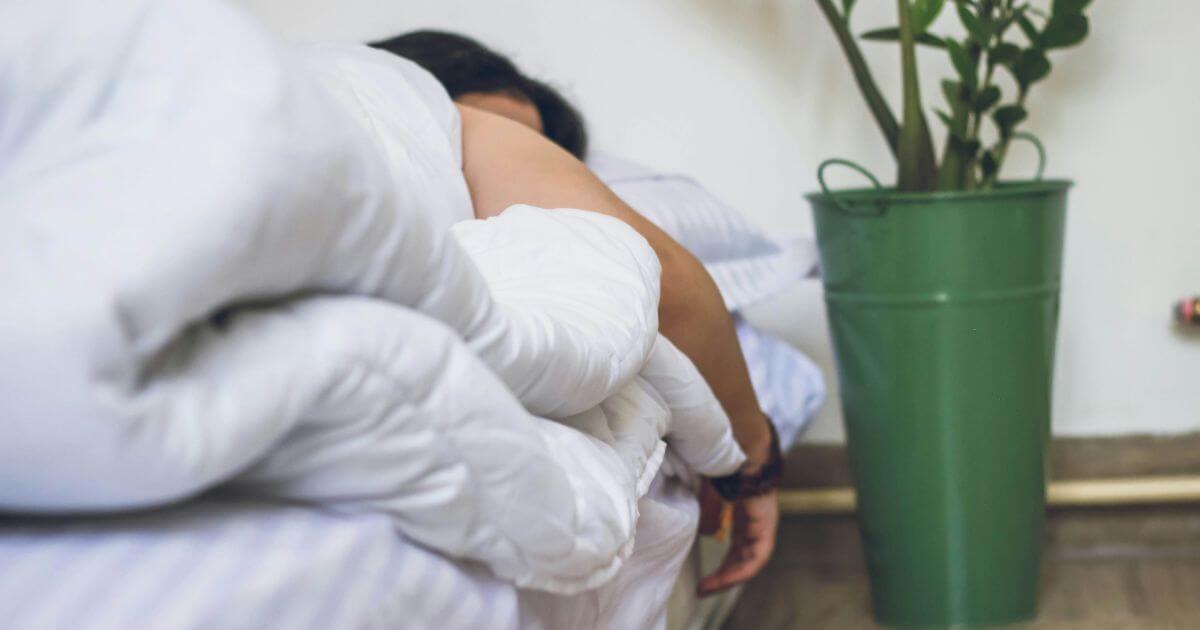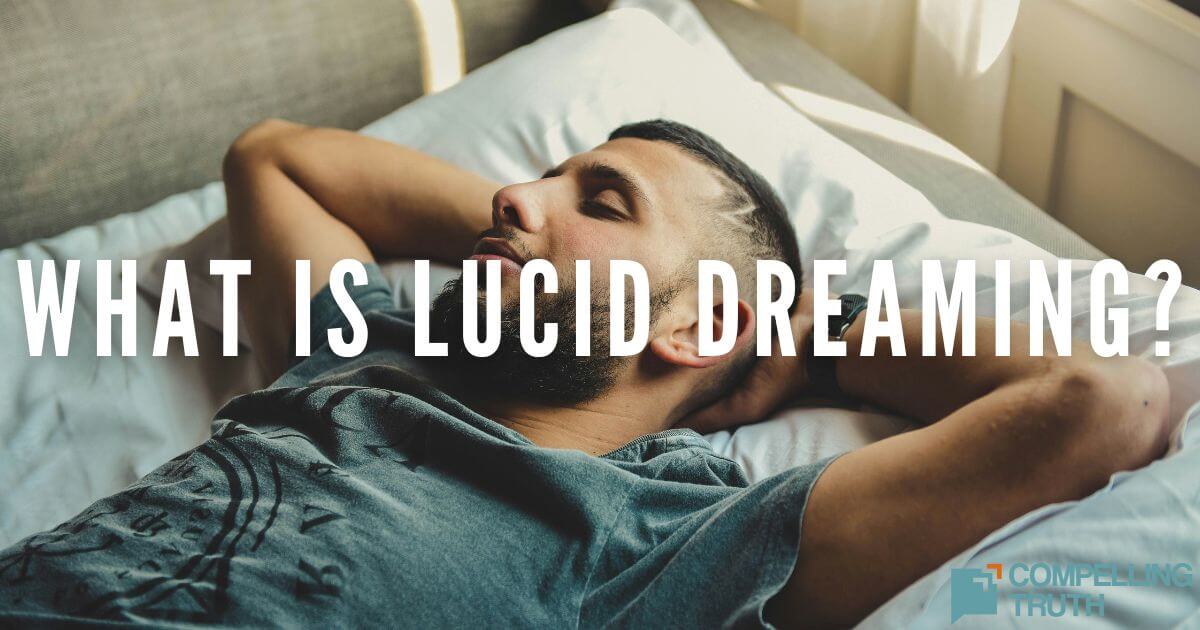Sleep paralysis is a frightening phenomenon where a person experiences an inability to move or speak while transitioning between sleep and wakefulness, often accompanied by false awakenings and vivid hallucinations. It involves muscle atonia, which prevents movement during sleep, and can create sensations of pressure or terror, sometimes interpreted through cultural lenses as demonic figures. However, experts suggest that these experiences, including sightings of shadowy figures, are more likely a product of the brain's interpretation of sleep states rather than actual spiritual attacks. The Bible emphasizes God's sovereignty over both waking and sleeping states, offering reassurance in Psalm 4:8, which states, "In peace I will both lie down and sleep; for you alone, O LORD, make me dwell in safety." While sleep paralysis can evoke fear, it does not inherently indicate demonic influence, and maintaining a strong spiritual life through prayer and faith can be beneficial in managing these occurrences.
Involved with sleep paralysis are atonia, false awakenings, and lucid dreams. "Atonia," or paralysis, is the natural state of being unable to move during sleep. Lucid dreams occur when the sleeper knows he's dreaming. False awakenings are when the dreamer thinks he has woken up, just to discover he hasn't. None of these suggest a demonic attack; muscle atonia, lucid dreaming, and false awakenings are all natural phenomenon. There are two other experiences, however, common to lucid dreamers, that might involve the supernatural.
The first is what feels like a heavy weight or pressure on the dreamer's chest. Often included is an image of a grotesque figure sitting on the sleeper's chest. This experience is common enough that different cultures have created mythologies surrounding the creature. In Scandinavia, it is a mare; in Africa and the American south, "the Devil on your back;" in the Middle East, a djinn; and in Asia, a ghost. Scientists would say that the figure is the mind's attempt to explain the feeling of pressure. It is unknown if the image is hallucinatory or spiritual.
The second phenomenon is related to the hag/ghost/djinn. It is the appearance of tall, dark, cloaked figures, often wearing a fedora. The figures may float, draw nearer, or dissolve, and they often appear too big for the room. Popular culture calls them "shadow people." Science claims they are the result of the mind trying to make sense of an ill-defined dream image. It is unknown if they are demonic. If a dream djinn or shadow person appears, prayer can help. Jesus is Lord of our waking and sleeping (Psalm 139:2–3). You can train yourself to pray in your sleep.
Sleep paralysis is often accompanied by a feeling of terror. The feeling could come from an element in the dream, the appearance of a grotesque figure on the sleeper's chest, a reaction to the shadow people, or just a spontaneous, unexplainable fear. The sleeper will try to wake, but muscle atonia will only allow a false awakening.
There are tricks a dreamer may use to break a false awakening cycle. Avoid drugs and alcohol, and stick to a regular sleep schedule. Muscle atonia tends to keep a tight hold on major muscle groups, but the sleeper may be able to wiggle his fingers and toes. He may also be able to control his breathing, panting hard enough to wake his spouse.
Terror, whether from iconic figures or an undefined sense of malevolence, may be a sign of spiritual warfare. To prevent it, avoid all occultic and demonic interests while awake. It is foolish to think that paying attention to demons won't encourage them to return the favor. Pray to God for protection. Acknowledge Him as Lord of your whole life—waking and sleeping. "In peace I will both lie down and sleep; for you alone, O LORD, make me dwell in safety" (Psalm 4:8).




